Graffiti on ‘Animals in War’ Memorial Park Lane
 The ‘Animals in War ‘ Memorial is not in a conventional site for war memorials. Although near to Hyde Park – which includes Adrian Jones’ cavalry memorial clearly depicting horses from the First World War and, of course, the memorial to those who died in the London bombings of July 2005 – it is not actually in the park. It is on a traffic island in the middle of busy Park Lane at the junction of Upper Brook Street, leading to Grosvenor Square and the American embassy: it is more of a route for cars and buses than pedestrians. Nor is it the only memorial to animals in war in London: the frieze on the RSPCA clinic in Kilburn, as shown in the rotating images on this site, commemorated animals in war some 70 years earlier.
The ‘Animals in War ‘ Memorial is not in a conventional site for war memorials. Although near to Hyde Park – which includes Adrian Jones’ cavalry memorial clearly depicting horses from the First World War and, of course, the memorial to those who died in the London bombings of July 2005 – it is not actually in the park. It is on a traffic island in the middle of busy Park Lane at the junction of Upper Brook Street, leading to Grosvenor Square and the American embassy: it is more of a route for cars and buses than pedestrians. Nor is it the only memorial to animals in war in London: the frieze on the RSPCA clinic in Kilburn, as shown in the rotating images on this site, commemorated animals in war some 70 years earlier.
The memorial unveiled in November 2004 by the Princess Royal was an attempt to incorporate animals explicitly and positively within British history and heritage through depicting only animals in the memorial. No human figure is present. The memorial attracted wide support from various animal focussed organisations including the Battersea Dogs’ Home, RSPCA, PDSA, and the Blue Cross, and individuals such as novelist Jilly Cooper and Brigadier Andrew Parker Bowles. Sculpted by David Backhouse in Portland stone with bronze animal figures, it cost £1.4 million.
The memorial attracted controversy even before the recent graffiti. Writing in the Guardian in October 2006 George Monbiot was scathing about the words on the memorial that include ‘They had no choice’. He wrote , ‘Nor did the civilians killed in Iraq, the millions of women raped over the centuries by soldiers, or the colonial subjects who died of famine or disease in British concentration camps. You would scour this country in vain for a monument to any of them.’
While it is the case that memorials to the Iraqi or Afghanistani civilian dead in recent wars do not exist (in Britain) and that this omission should be rectified, it does not follow that because of the absence of such public memorials of human deaths, the deaths of animals should not be acknowledged. Others have suggested that by arguing that animals had no choice the memorial overlooked humans conscripted in war – or dead civilians who also had no choice.
But if the memorial was only saying that animals had no choice and were merely victims of human exploitation it would be difficult to understand why anyone would seek to eradicate these sentiments physically with red paint. However, the text on the memorial is contradictory: the words do not commemorate all animals killed in war but those who died for ‘human freedom’ in support of ‘British and allied forces’ across time. Animals are thus portrayed both as victims but also as almost conscious agents in support of particular governments’ policies of warfare. While condemning the recent graffiti (and that on the nearby Bomber Command memorial in Piccadilly) at least it would seem that whoever carried this out had read all the text on the memorial and understood its explicit and all encompassing support for the ‘British cause’.
Further details of my two recent articles analysing animals and war memorials can be found on these pages. Lest we Forget,the book in which one article appears, can currently be bought at a reduced rate.

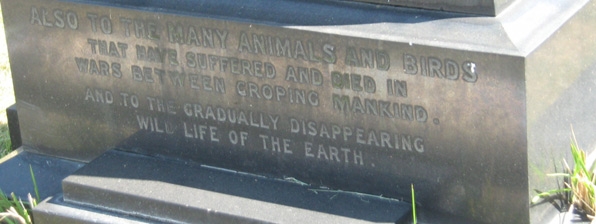














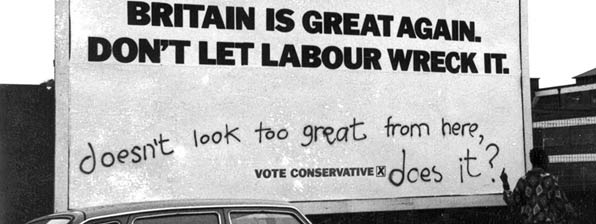









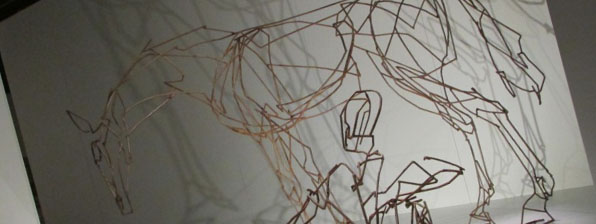





















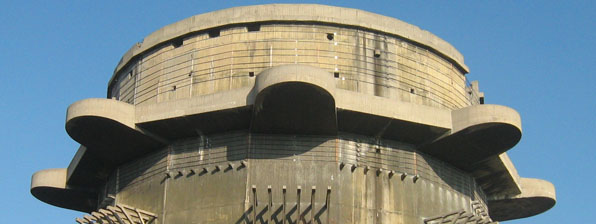
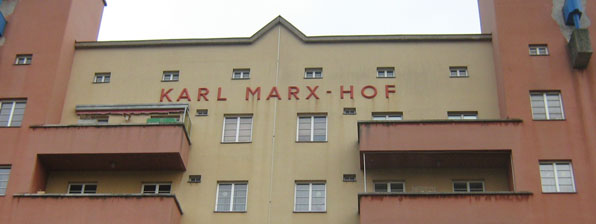













Leave a Reply